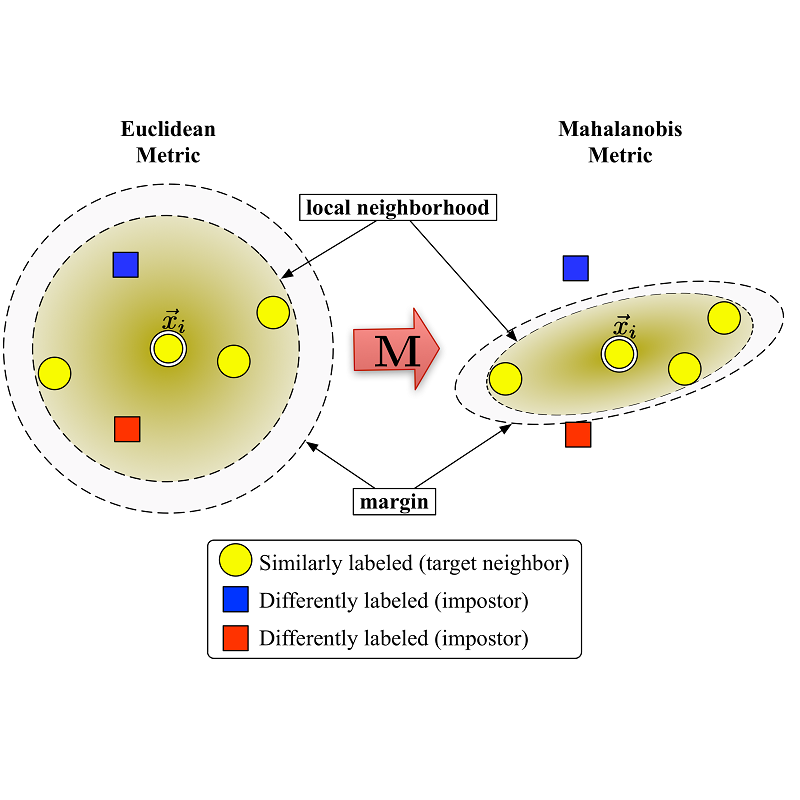Data imbalance between common and rare diseases during model training often causes intelligent diagnosis systems to have biased predictions towards common diseases. The state-of-the-art approaches apply a two-stage learning framework to alleviate the class-imbalance issue, where the first stage focuses on training of a general feature extractor and the second stage focuses on fine-tuning the classifier head for class rebalancing. However, existing two-stage approaches do not consider the fine-grained property between different diseases, often causing the first stage less effective for medical image classification than for natural image classification tasks. In this study, we propose embedding metric learning into the first stage of the two-stage framework specially to help the feature extractor learn to extract more discriminative feature representations. Extensive experiments mainly on three medical image datasets show that the proposed approach consistently outperforms existing onestage and two-stage approaches, suggesting that metric learning can be used as an effective plug-in component in the two-stage framework for fine-grained class-imbalanced image classification tasks.
翻译:在示范培训期间,常见疾病和罕见疾病之间数据不平衡往往导致智能诊断系统对常见疾病作出偏差预测。最先进的方法采用两阶段学习框架来缓解等级平衡问题,第一阶段侧重于培训一般特征提取器,第二阶段侧重于微调分类器头部,以重新平衡等级。但是,现有的两阶段方法并不考虑不同疾病之间的细微颗粒属性,往往导致第一阶段医学图像分类的效力低于自然图像分类任务。在本研究中,我们提议在两阶段框架的第一阶段中采用指标学习,特别是帮助特征提取器学习更具有歧视性的特征表现。主要在三个医学图像数据集上进行的广泛实验表明,拟议的方法一贯优于现有的一阶段和两阶段方法,建议可将指标学习作为两阶段框架中的一个有效插头部分,用于精细区分等级图像分类任务。



